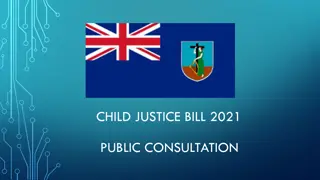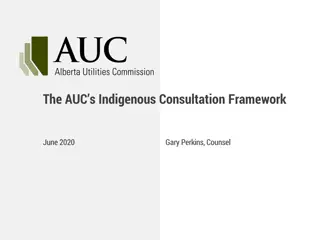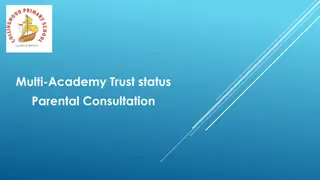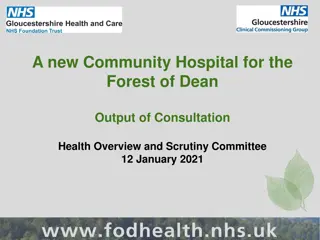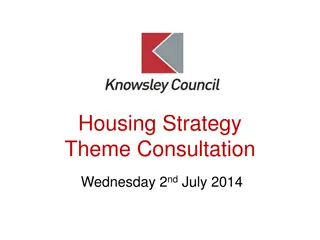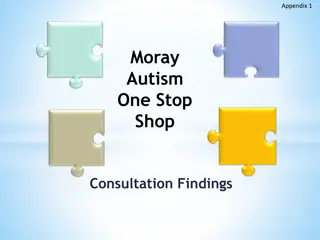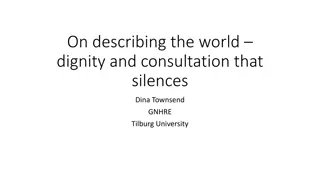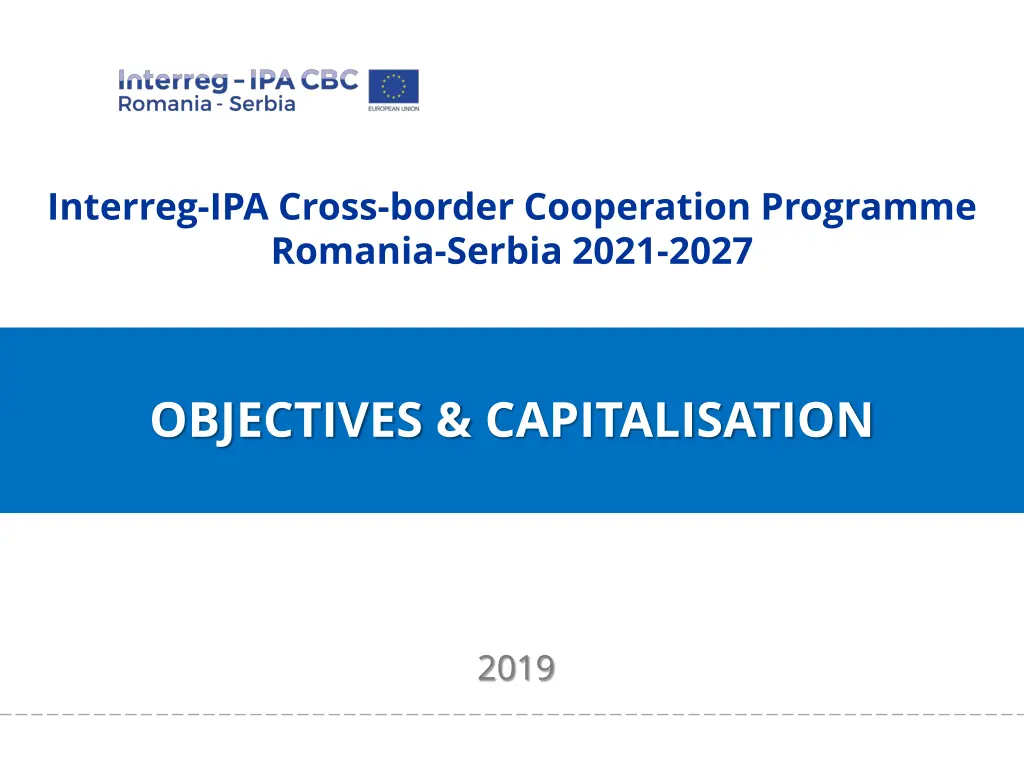
Enhancing Cross-Border Cooperation for a Sustainable Europe
Interreg-IPA Cross-Border Cooperation Programme between Romania and Serbia aims to promote a smarter, greener, and more connected Europe. Through initiatives promoting innovation, clean energy, digitalization, and social rights, the program focuses on the sustainable development of urban, rural, and coastal areas. The territorial analysis highlights the need for enhancing research and innovation capacities, industrial transition, and entrepreneurship for a smarter Europe.
Download Presentation

Please find below an Image/Link to download the presentation.
The content on the website is provided AS IS for your information and personal use only. It may not be sold, licensed, or shared on other websites without obtaining consent from the author. If you encounter any issues during the download, it is possible that the publisher has removed the file from their server.
You are allowed to download the files provided on this website for personal or commercial use, subject to the condition that they are used lawfully. All files are the property of their respective owners.
The content on the website is provided AS IS for your information and personal use only. It may not be sold, licensed, or shared on other websites without obtaining consent from the author.
E N D
Presentation Transcript
Interreg-IPA Cross-border Cooperation Programme Romania-Serbia 2021-2027 OBJECTIVES & CAPITALISATION 2019
Policy objectives A smarter Europe by promoting innovative and smart economic transformation; A greener, low-carbon Europe by promoting clean and fair energy transition, green and blue investment, the circular economy, climate adaptation and risk prevention and management; A more connected Europe by enhancing mobility and regional ICT connectivity; A more social Europe by implementing the European Pillar of Social Rights; An Europe closer to citizens by fostering the sustainable and integrated development of urban, rural and coastal areas and local initiatives.
A smarter Europe Enhancing research and innovation capacities and the uptake of advanced technologies; Reaping the benefits of digitisation for citizens, companies and governments; Developing industrial transition and entrepreneurship. skills for smart specialisation,
A smarter Europe Draft territorial analysis: The economic development of the whole area, measured with the GDP per capita, is lower than the national levels; In order to overcome the low financial support in the field of research and innovation, the emphasisis should be on entering into clusters, networks and on building on the expertise already gained by other important research and innovation poles; In the current programme a large number of universities and research centres were involved in the area of environmental protection and resource management; Manufactures & traditional productions are present at large in the Programme area; Basic services in health, education, utilities commerce, transport are present in the area but more advanced services are strongly concentrated in the urban poles.
A GREENER, LOW-CARBON EUROPE
A greener, low- carbon Europe Promoting energy efficiency measures; Promoting renewable energy; Developing smart energy systems, grids and storage at local level; Promoting climate change adaptation, risk prevention and disaster resilience; Promoting sustainable water management; Promoting the transition to a circular economy; Enhancing biodiversity, green infrastructure in the urban environment and reducing pollution;
A greener, low- carbon Europe Draft territorial analysis: Flood risks (fluvial and flash floods) and landslides in different parts of the Programme area; Waste separation and recycling is still at nascent stadium. Separation of biodegradable waste is also very low; The issues on public utilities infrastructure is similar on both sides of the border and can be summarised as low level of connection and supply, underserved rural areas, obsolete infrastructures and uncontrolled discharges; Large number of NATURA 2000 and Natural Protected Areas covering a large part of the programme area.
A more connected Europe Enhancing digital connectivity; Developing sustainable, climate resilient, intelligent and intermodal, regional and local mobility, including improved access to TEN-T and cross-border mobility; Promoting sustainable multimodal urban mobility;
A more connected Europe Draft territorial analysis: Programme area is well connected to main European Networks; Central position in the Rhine-Danube European core network; Disparities in the accessibility of international network among the programme area; Areas close to Belgrade and to Timi much better accessible from international networks than the others; Areas in the plains are better connected than those peripheral and in the mountain areas; Density and quality of the local transport network lower than the national average; Low speed of public transport services reduces accessibility of rural and remote areas. Accessibility of border crossings is sufficient, but poor quality of infrastructure; Interconnection of programme area is limited by infrastructure quality and distances, despite recent improvements the proportion of modern roads is still small, and local roads in particular, are out of date and in poor repair;
A more connected Europe Draft territorial analysis: The main concerns in terms of public transport are directly linked to the necessities of creating a modern, multi-modal infrastructure network, emission mobility, taking into consideration the affordability (fair and efficient pricing in transport), reliability and accessibility of transport; In terms of connected services, intelligent transport systems (which can automatically adjust traffic signal timings based on real time traffic information together with real-time passenger information). Such technology, can significantly improve the capacity and quality of existing transport services; and shifting safe towards transport low-
A more social Europe Enhancing the effectiveness of labour markets and access to quality employment through developing social innovation and infrastructure; Improving access to inclusive and quality services in education, training and life long learning through developing infrastructure; Increasing the socio-economic marginalised communities, disadvantaged groups, through integrated measures including housing and social services; Ensuring equal access to health care through developing infrastructure, including primary care; integration migrants of and
A more social Europe Enhancing the effectiveness of labour markets and improving access to quality employment across borders; Improving access to and the quality of education, training and lifelong learning across borders with a view to increasing the educational attainment and skills levels thereof as to be recognized across borders; Enhancing the equal and timely access to quality, sustainable and affordable healthcare services across borders; Improving accessibility, effectiveness and resilience of healthcare systems and long-term care services across borders; Promoting social inclusion and tackling poverty, including by enhancing combating discrimination across borders equal opportunities and
A more social Europe Draft territorial analysis: Social inclusion and poverty: the area is affected by poverty and social exclusion of large shares of the population, concentrated in the rural areas; Access to labour market of disadvantaged groups is difficult and unemployment rate is higher; During 2014-2020 programming period, some initiatives have been implemented in the health care services sector for the improvement of the quality and accessibility of services. The experience created can be capitalized in the next period, possibly developing new projects focused on the most important challenges, those of the access to health care in remote areas, in rural communities, timely and effective care and to promote healthy ageing and more efficient care among patients; Main challenges for in the programme area: improving accessibility to health care services for the population in the deprived/rural areas and for disadvantaged groups; establishment and management of emergency services, preventive health care services and campaigns; improving time effective care; improvement in the quality of care for life-threatening conditions.
A Europe closer to citizens Fostering the integrated social, economic and environmental development, cultural heritage and security in urban areas; Fostering the integrated social, economic and environmental cultural heritage and security, including for rural and coastal community-led local development. local development, areas also through
A Europe closer to citizens Draft territorial analysis: The Programme area presents a relevant potential for the development of various types of tourism. Tourism potential is shared on the two sides of the borders and its development could benefit from a stronger cross border cooperation; However, without proper infrastructure (e.g. road infrastructure, tourist service infrastructure) and proper services (e.g. efficient transport services, services for efficient exploitation of natural and cultural resources), there are little means to develop the tourism in the programme area; The main challenges when it comes to the development of eco- tourism are: underdeveloped or obsolete infrastructure for natural/ mountain tourism; lack of connections with the European Greenways and poor touristic guidance/ interpretation infrastructure.
A safer and more secure Europe Border crossing management and mobility; Migration management including the protection of migrants.
What is capitalisation? Capitalisation in Interreg can be understood as a process that gathers valuable programme and project results within specific fields. It enables identifying knowledge as well as among stakeholders about the achievements of Interreg. and raising sharing awareness of
Why it could be useful? projects can built on other projects knowledge and experience; sharing expertise and knowledge on thematic fields; transfer results and knowledge to a large number of stakeholders; projects can increase their quality and sustainability based upon already achieved results and success; projects and Programme can increase their visibility; increased impact on policy making for specific domains of interest.
How does it work? The programme started capitalising so that future projects (2021-2027 programming period) have access to successful results, knowledge and expertise, thus improving their quality. From this perspective, the Programme is able also to promote achievements and demonstrate the added-value of cooperation. On the Programme beneficiaries can find fiches or the already implemented and finalized projects with their outputs and results and also a database with the studies, strategies etc. available. website the potential







